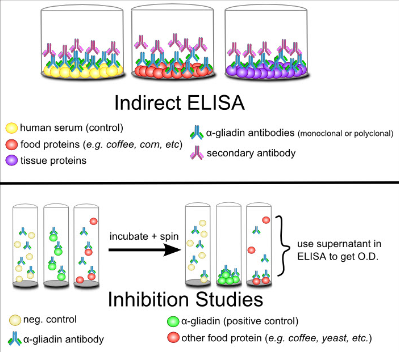

What are the symptoms of pollen food syndrome? The most common foods involved are apples, peaches, kiwi, hazelnuts and almonds, but just about any fruit, vegetable or nut can cause a reaction. Some people are affected by only one or two foods and others can react to a wide range of foods. Pollen food syndrome is usually triggered by eating fresh fruit, raw vegetables and raw nuts. What foods cause symptoms of pollen food syndrome? However, since latex is no longer routinely found in most healthcare settings, this type of food allergy is rare. With pollen food syndrome the immune system recognises the food protein that you eat as an allergen and creates an allergic responses.Ī far more rare type of cross-reaction occurring between natural rubber latex and certain fruits (avocado, chestnuts, banana, mango, melon, papaya, kiwi fruit and tomato) may also cause symptoms in some individuals, this is because the protein structure of latex is very similar to the fruit pollen structure. However, the immune system doesn’t always recognise the difference between the pollens in the trees, grasses or weeds that you breathe in and the pollen structure in the plant based foods that you eat. With pollen food syndrome many plant based foods – fruit, vegetables, nuts and cereals, have a protein structure that is very similar to the pollens in trees, grasses and weeds (this is called cross reactivity). This is most commonly associated with the classic symptoms of hay fever including runny, itchy nose and itchy eyes. If you are susceptible to allergies you can become sensitised to airborne pollens by breathing them in.


 0 kommentar(er)
0 kommentar(er)
